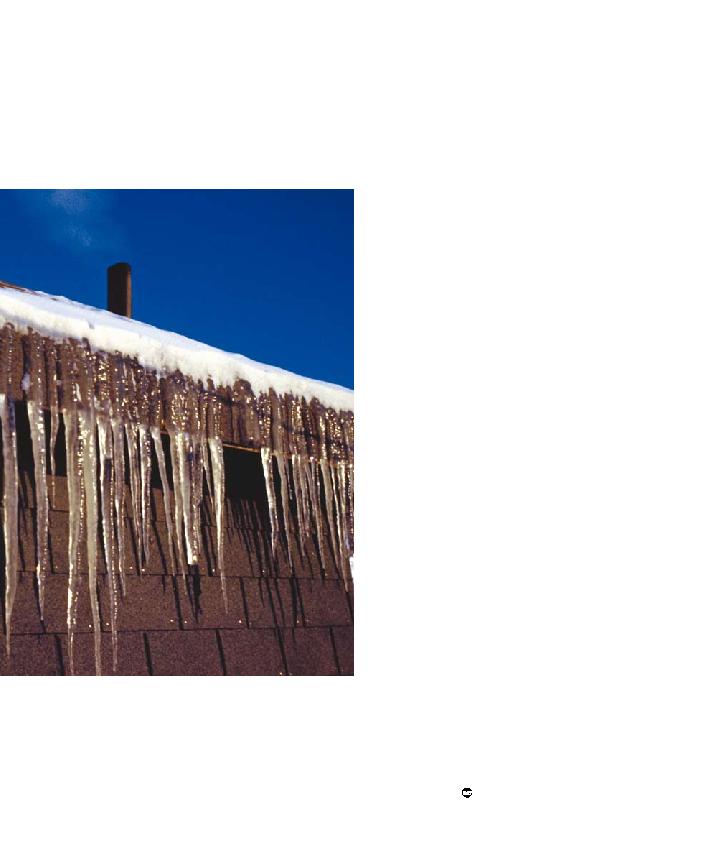
OUR PLANET MAGAZINE
CLIMATE CHANGE AND THE CRYOSPHERE
9
to enable the relocation of productive systems to the more than a half
million square kilometres of the semiarid Patagonian plateau. This would
call for conserving the valuable biological diversity of the region and
developing appropriate technology, and for the wise and rational use of
the large quantities of both surface and underground water resulting from
the glaciers' retreat. It can draw on the experience of the agro-industrial
use of the upper basin of the Rio Negro, which, starting in the 1930s,
made possible its transformation to the remarkable exporter of fruit and
wines that it is today. Grain crops, which will suffer decreases in yields in
Argentina's northern agricultural fields, could be relocated, with planned
adaptation, to the Rio Negro's lower basin and to irrigated lands in other
Patagonian sub-regions. The Institute for the Development of the Lower
Basin of the Rio Negro is already developing the necessary feasibility studies.
The energy for such an undertaking may be provided by local hydroelectric
plants and by the steady westerly winds, already under initial exploitation.
El Niño events will bring important snow mass to the Andes below 29º south.
So there must be planned use of meltwater, a selection of plant species better
adapted to the new Patagonia climate, development based on integrated
water management and appropriate soil studies and farming techniques to
make the best use of the potential of this remote region of the world.
All this must be complemented with action based on the new climate
conditions that will prevail in the Southern Ocean and the Antarctic. Both
are also subject to the effects of climate change, with critical implications
for the natural ecosystems on which the future of many species depends.
Environmental changes are already evident and will have severe implications
on the food chain, based on phytoplankton.
The abundance of krill depends on sea temperature and the availability of
phytoplankton. Global warming may reduce krill production, cutting food
supplies for fish, marine mammals, sea birds and other marine species.
The fisheries of the Southern Ocean form an important part of global food
production, so specific research programmes and appropriate capacity
building are urgently required, as are adequate regulations to protect life in
the seas.
As the Intergovernmental Panel on Climate Change stresses, it is urgent
both to mitigate the continuous increase in the greenhouse concentration
in the atmosphere and to develop adaptation strategies to cope with the
effects of climate change. Every possible action must be planned and
developed to protect the Earth's natural ecosystems. South America's glaciers
present the need for governments and private enterprises to take immediate
action. The hazards and risks to the populations still depending on snowmelt
-- and currently suffering the effects of the rapid retreat of their mountain
glaciers -- must be urgently mitigated. At the same time, it will be convenient
to take advantage of the favourable water availability which, for a century or
more, would benefit the Patagonian plateau.
Swift action is urgently needed to protect the life and goods of those already
exposed to the disastrous effects of avalanches and glacier lake outbursts, and
to plan for the use of glacier water resources before they eventually disappear
in the south of the continent. This, in turn, calls for developing appropriate
national plans for assessing local climate conditions, now and in the future,
for using land and water and for programming the relocation of species worst
affected by the warming in their present habitats.
Adaptation presents the most immediate challenge for governments
and private enterprises planning for Argentina and Chile's sustainable
development. Well-planned, it would enable the best possible use of this
century's most critical resource -- water -- safeguarding food production by
wisely analyzing snow/ice meltwater productivity. Scientists may be able to
foresee such new environmental scenarios, but decision makers must bring
them into implementation.
World Environment Day's goal must be not merely to describe the difficulties
arising from the Earth's warming and the consequent loss of its ice and snow.
It must also draw up the lines for future action on a planet travelling to a new
global climate system.
snow, ice and life
by Susana Bischoff,
Graciela Canziani and Patricia Centurión
© M
ichael O
chs A
r
chiv
es/C
or
bis

